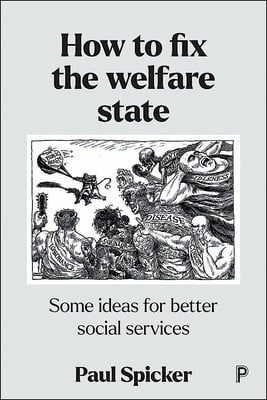Many people in the UK are facing destitution; at least 2.4 million people are there already. One of the complaints we hear most about proposals to cope with current threats to household income is that the proposals are not adequately targeted. What that usually means is that some people on higher incomes will benefit. The call goes up, repeatedly, for any benefits to be confined to people on low incomes.
It’s not easily done. Introducing a new means test would be complex, hard to roll out and liable not to reach large numbers of the intended population. There are ways forward, however. The mechanism used for Cold Weather Payment, for example, gets the benefit to recipients of Pension Credit and to a range of recepients of Universal Credit, including those with children under 5 or people with a range of disabilities – there doesn’t have to be cold weather to call that mechanism into play.
If the aim of benefits is to redistribute income in general terms, there’s an argument for doing something like this. That’s true because overall, the effect of making payments on this basis is to improve the average income of people in the lowest parts of the income distribution, generally at the expense of those on higher incomes. What it can’t do, however, is to protect the full range of people who stand in need of protection. More than a third of all pensioners who should get Pension Credit don’t. Official figures claim that Universal Credit goes to 80% of those entitled, but that is highly implausible – Jobseekers’ Allowance had a takeup of less than 60% and Universal Credit has subjected hundreds of thousands of people to sanctions, exclusions and delays. And that, of course, only takes account of the people who are supposed to get the benefit. More people are on very low incomes, but not entitled because they have some savings, because they have theoretical or imputed income attributed to them, or because they fail to meet other conditions such as availability for work.
Any process which calls for a selection to be made has to be subject to some kind of test, and any test is likely to exclude the people who we are supposed to be helping. The situation has been made worse, however, by the progressive limitations on the scope of benefits that have been imposed by successive governments. We might have been able to argue, forty years ago, that we had a safety net – an effective minimum income, even if there were some gaps. We no longer have the same.
That, then, leaves the outstanding question: what can we do to help the people who are most at risk now? Coming back to the figures on destitution, we know there are three factors which come up repeatedly about destitute people. They are people with complex needs, migrants, and they are likely to be single. Any scheme which does not cover those three contingencies is not going to protect others from becoming destitute; and we know that this coverage is not on offer within the scope of the existing benefits system.
There are two main options. One is to address the specific issues which are causing the current crisis – in particular, the costs of fuel, food and housing. Labour has proposed a temporary cap on energy prices. A cap on energy costs, certain foods or rents would would imply direct interference with the market. We have done all of these in the past – the control of milk, eggs and meat in the 1950s and 60s, the use of rent control, and the current price cap on energy – so we can say that this is feasible. This would, however, require a fundamental change in the way that governments manage the economy, and indeed on how they think.
The alternative is to think about ways that people can manage in a market-based economy, increasing their command over resources overall. That can be done both by removing limitations which work particularly against people on low incomes (such as the pernicious effect of laws on debt and debt recovery, or the price discrimination against prepayment meters) and by finding alternative ways for essential costs to be met – such as child care, general needs housing and travel passes. What wouldn’t work, in this context, is simply giving people more money to pass to the energy companies. Giving people generic money will not cope with the pressures that specific commodities are creating – it will just put up the prices of those commodities.
Additional material, 25th August
The Resolution Foundation has just published a careful and considered approach to targeting. They recognise that supplementing people on means-tested benefits would fail to reach 40% of everyone in the lowest income quintile – that is, the bottom fifth. Their suggestion is for a social tariff, more broadly based than current means-tested benefits, covering benefits, pensioners and low earners; but that still suffers from the outstanding problem that it is not possible to target people on lower incomes without introducing ‘a new means-tested benefit outside the benefit system’. Coverage of people with complex needs could be improved by extending this to cover disabilitiy benefits, and coverage for migrants by removing restrictions on claiming after entry to the country, but there would still be gaps.
 I’ve just received the first copies of my new book,
I’ve just received the first copies of my new book,